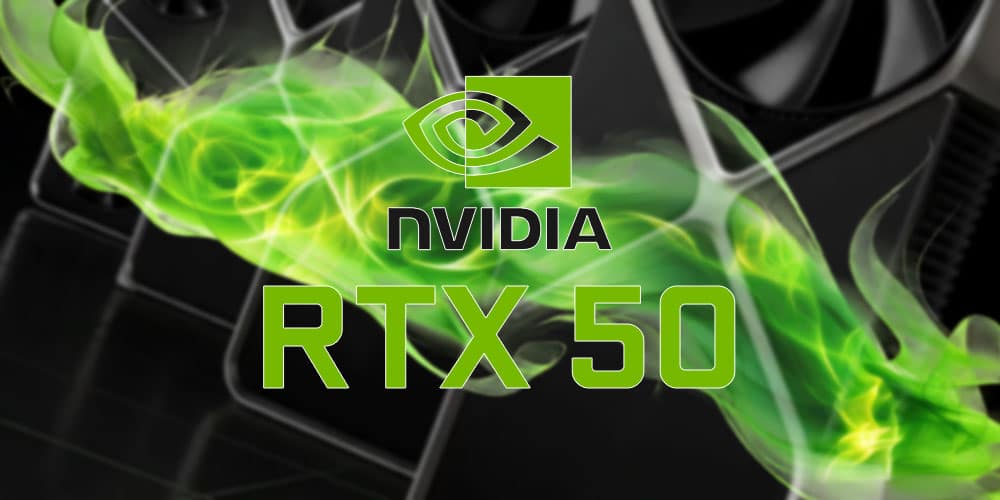Key Takeaways
- The AWS outage disrupted major Web3 services including MetaMask, Coinbase, and OpenSea.
- Reliance on centralized cloud providers exposes crypto’s hidden fragility.
- The path forward lies in decentralized infrastructure and diversified hosting.
Centralized Dependence in a “Decentralized” Industry
The recent AWS outage revealed an uncomfortable truth about the crypto sector: decentralization in concept still heavily depends on centralized infrastructure. Major platforms like MetaMask, Coinbase, and OpenSea experienced widespread disruptions, leaving users unable to access wallets or view balances.
The root cause? Many Web3 services rely on Infura, a data layer that connects decentralized apps to blockchains—but one that ultimately depends on AWS servers. The irony is striking: the same tools promoting independence from centralized systems were brought down by a centralized failure.
Even Coinbase’s Base network suffered delays and synchronization errors, further emphasizing the complexity of maintaining operational independence while depending on centralized hosting.
Infrastructure Risks and the Need for Diversification
The outage didn’t just expose service failures—it revealed where those failures occur. Concentrated infrastructure, particularly across the U.S. East Coast, proved to be a single point of failure. To build resilience, the crypto industry must diversify infrastructure providers and spread workloads geographically.
A multi-cloud approach, leveraging providers beyond AWS—such as Google Cloud, Azure, or decentralized cloud solutions—can significantly reduce systemic risks. Equally important is transparent communication during downtime. Keeping users informed during incidents helps maintain trust and accountability, which are foundational to the Web3 ethos.
Also read : Dæmons Launches $1.25M Leaderboard & PvP Tournament — Earn $DMN Before Oct. 24!
Decentralized Infrastructure: The Way Forward
To make decentralization more than a buzzword, crypto projects must begin integrating decentralized compute and storage layers. Technologies like Filecoin and Arweave enable censorship-resistant data storage, while Fluence and similar networks offer decentralized compute power.
By distributing data and compute across independent nodes, these systems eliminate reliance on single points of failure and align more closely with the decentralized principles blockchain technology was built on.
Conclusion: Building a Truly Decentralized Future
The AWS outage serves as a wake-up call for the Web3 ecosystem. True decentralization must extend beyond blockchains and into the infrastructure that supports them. By diversifying providers, ensuring redundancy, and investing in decentralized networks, the crypto industry can move toward genuine resilience.
The lesson is clear: decentralization cannot depend on centralized foundations. To build a robust and future-proof crypto ecosystem, decentralization must be practiced—not just preached.
Disclaimer: The information in this article is for general purposes only and does not constitute financial advice. The author’s views are personal and may not reflect the views of GameDegen.com. Before making any investment decisions, you should always conduct your own research. GameDegen.com is not responsible for any financial losses.


